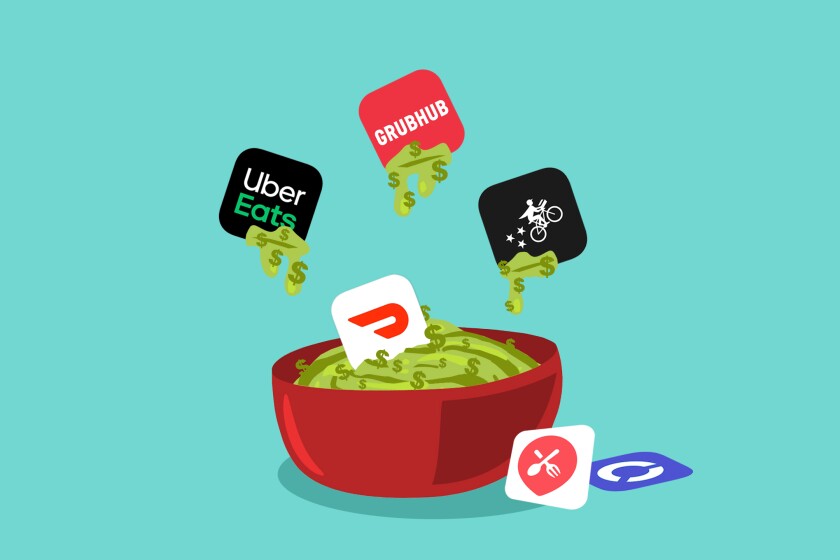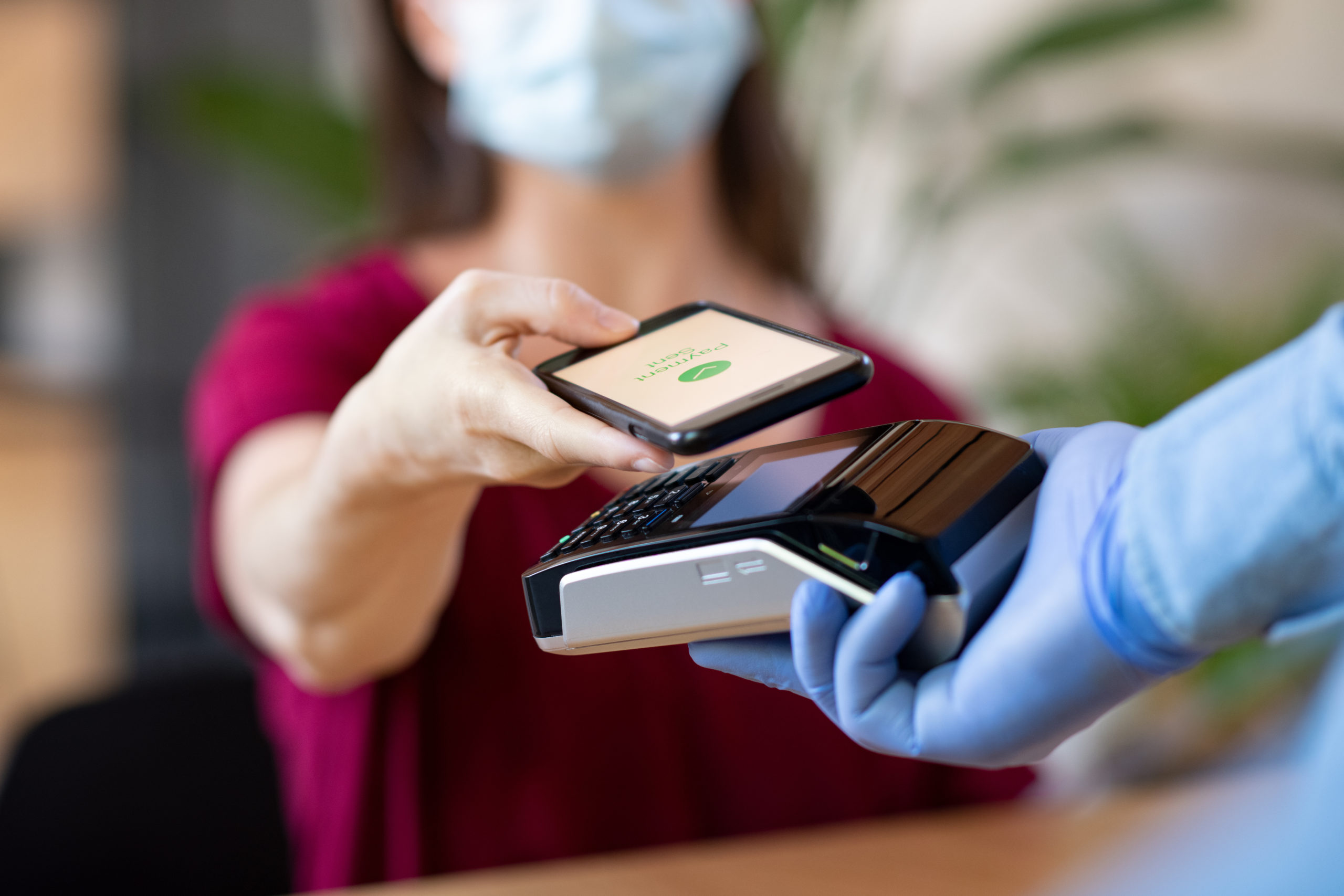The Pandemic has been rough on retailers of all sizes, and the effects have rippled outward to make planning for the future nearly impossible. Shifting lockdown restrictions, supply chain issues, and ad hoc arrangements make it hard to do consistent forecasting, hiring, ordering, and customer service.
Then came late spring/early summer 2021. It was a heady time. Hot Vax Summer was upon us; we were going to be in a post-pandemic world. All was well again.
And then it wasn’t.
There is vaccine resistance, the Delta Variant, and now Omicron. It has brought about new realities that are not likely to go anywhere for at least the next 18 to 24 months. The fact of the matter is that there is no such thing as a post-COVID world, and the lessons learned by retailers during the initial lockdowns and restrictions are here to stay.
COVID has changed the retail industry drastically, and retailers need to adjust their strategies to cater to the customer experience in order to maintain profitability and consumer loyalty.
Who Knows What’s Next?
Consumer spending is going to be hard to predict for the foreseeable future. The year-over-year increase in the consumer price index is the highest it’s been in 30 years. Combined with ever new kinds of COVID restrictions, an unpredictable supply chain that is forcing businesses to pass along costs to its customers, and retailers are going to have to stay sharp to keep the doors open.
We do know that consumers are continuing to spend more online than in-store, and this is a trend that is only growing. Nearly one-fifth of off goods purchased are done online.
Retail technology moving forward is about to make the experience smooth for customers and associates. The rise of the cashierless store is getting major investment through companies like Amazon and Mastercard, with their Shop Anywhere platform. True omnichannel means being where the customers are in a manner that is a win-win.
It may sound counterintuitive, but the retailers who are willing to invest in consumer and employee satisfaction will only continue to succeed. In the QSR sector, Chick-fil-A reimagined their drive-thru experience to make it more personal and accurate. As a result, despite closing stores and dining rooms, their profit was up 13% from 2019 to 2020.
Delivery is Dead on Arrival

In its current form, delivery is simply not sustainable. Delivery robs what little profit most retailers are making. There’s just too much room for issues to crop up that eat into profit and good customer experience.
- Customers want real-time delivery status, and most retailers don’t have the infrastructure to do that. Not being able to meet those demands hurts the experience and damages business’s reputation.
- Incorrect Addresses, customer unavailability to accept orders, wrong delivery routes, etc. further erode the margins that businesses have to deliver well.
- Most customers are willing to pay for expedited delivery, but it comes at the expense of retailers who aren’t able to scale up to meet the demands of same-day or even same-hour deliveries.
None of the third-party delivery companies are making a consistent profit. They do it to serve the customers’ desire for convenience, but they can’t do so forever if they want to stay in business. The margins just are there, and everything must run flawlessly to eke out as little as 2% per sale.
Delivery companies have built their business on the backs of low margin retailers and low-wage workers, and they churn through employees at a rate that outpaces the available labor pool. At some point, the bill is going to come due.
Reimagining the Approach
Retailers are always better off from a sales-per-customer perspective if they can make the overall experience more personalized, safe, and efficient for both their associates and customers.
Here are some things to consider in improving the landscape for retailers who have physical stores.
- Invest in a good Buy Online Pickup In-Store (BOPIS) process.
BOPIS is wonderful for the consumer because it can get them exactly what they need quickly, with minimal risk of return, fast transactions, and reduction in the time the customer needs to be in the store. With an integrated mobile strategy, associates can be notified when an order comes in so that the order is picked well before customer arrival.
When done well this will serve the store and customer equally. Stores can significantly increase lift – 85% of BOPIS customers say that they make additional unplanned purchases when picking up online orders. With that much lift stores can afford to offer promotions on BOPIS purchases and offset that discount with those unplanned purchases. - Increase in-store safety measures.
Retailers can lure shoppers back into stores by making the shopping environment feel safe. Self-checkout, contactless checkout (via NFC), or even mobile point of sale systems moves customers through the store quicker and decreases the amount of contact between customers and associates. It also allows retailers to better control traffic flow.
- Diversify your shopping experience.
Retailers should mix online and in-store by personalizing the experience. Retailers have more data than ever on customers’ buying history and patterns – putting this information to use will have massive benefits on customer satisfaction and engagement. Many retailers have started pairing online customers with in-store associates who can guide them through an ideal purchase based on their specific needs.
The result is fewer abandoned carts, fewer returns, and a higher per-ticket average. In some cases a 10x lift. In the physical store, retailers can use a buyer history to offer tailored promotions. Low-margin businesses like grocers (typically under 3%) can use their massive loyalty data stores to increase sales on items they know specific customers will buy. McKinsey calls this personalization at scale.

Conclusion
All these changes are incredibly significant for retailers, their associates, and their customers. Adapting to the new way of doing business is not simple, but necessary to survive. As unsustainable ways of meeting customer needs start to fade (delivery), look for retailers to implement many of the initiatives.
Not every retailer will be able or willing to make massive changes, but nearly all can make incremental improvements to processes that will allow them to adapt to the new ways customers want to be served.
Convenience, safety, and personalized experience will lead to revenue growth. Retailers that are willing to be flexible and have the capital to make the necessary changes will be the ones that are around for the long run.
